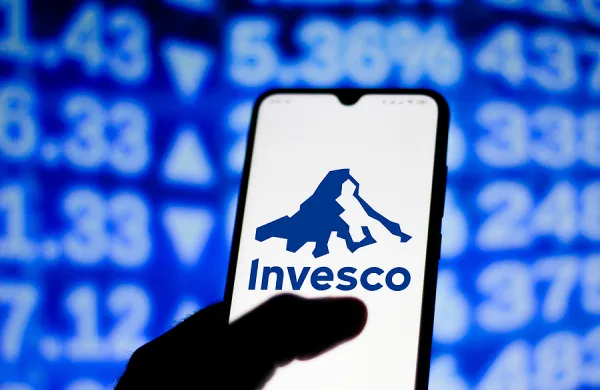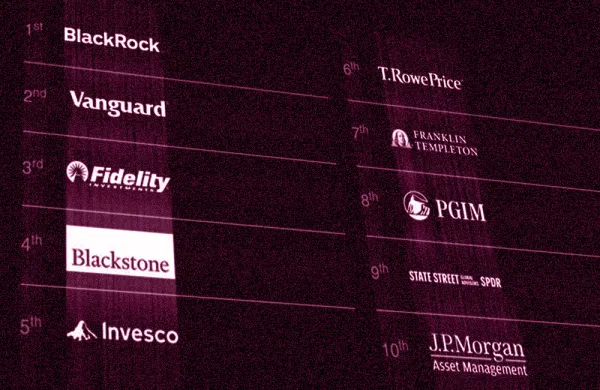Allocators kept buying illiquid fixed income assets, even while worrying they’d be tricky to sell in a crisis, new Invesco research found.
“Asset owners were extending allocations to illiquid asset classes late in the cycle. Yet the majority (51 percent) expressed concern around bond market liquidity, uncertain how bond markets would behave during more challenging periods with the introduction of regulations such as Dodd-Frank and the retrenchment of traditional market makers that followed the global financial crisis,” wrote Rob Waldner, chief strategist and head of macro research, in Invesco’s 2020 global fixed income study, released Monday.
The money manager interviewed 159 investment professionals — the vast majority with pension funds, insurers, sovereign wealth funds, and other institutions — right before the Covid-19 crisis onset.
[II Deep Dive: The Big Risk Lurking in ETF Markets]
“There was a real concern regarding liquidity going into this [market downturn.] And the price action we saw in March justified that concern,” Waldner said in an interview with II.
Waldner emphasized that investors had also been prepping for a liquidity crisis by, for example, choosing funds with lockups so their managers wouldn’t have to sell under stress. So-called fixed maturity strategies — essentially buying and holding illiquid securities until maturity — were another popular choice, used by 56 percent of surveyed investors.
“That was of great interest. Both of those strategies were okay, because they were designed to withstand this type of environment. They didn’t need liquidity,” he said.
Over the past 18 months in particular, as it’s become harder to buy and sell individual bonds, investors have started assembling fixed income trades into larger blocks. Investors then ask Wall Street dealers for a price on a 100-bond package, for example. Thirty percent of respondents reported credit-portfolio trading. The strategy “continued to be a tool, but it also did suffer” in March, Waldner said.
Almost 60 percent of respondents used ETFs to help with liquidity. These quick-to-buy securities baskets have been criticized for allowing investors to freely cash out, even when underlying securities are not as liquid. But Waldner said ETFs passed their first big test.
“In the face of volatility arising from the Covid-19 pandemic this liquidity is being tested. However, by facilitating continued trading during a period of significant uncertainty ETFs have acted as a key source of price discovery in markets which might have otherwise entirely seized,” he wrote in the report.
According to Invesco, fixed income investors had become cautious long before the meltdown in the first quarter. “Central bank easing led to low and negative yields, driving some to take on additional risk to bolster returns and meet objectives. The research shows a market that was plagued by fear: fear of losing, but also fear of losing out,” according to the report.
“Given the appearance of Covid-19 and its impact on the markets, respondents who took precautionary actions in expectations of economic deterioration may now be relieved they did,” wrote Waldner in the study. “But caution wasn’t universal, causing some investors to navigate the very large swings we’re now seeing in what were previously considered high-quality assets like consumer goods, autos, oil and gas, and travel.”







